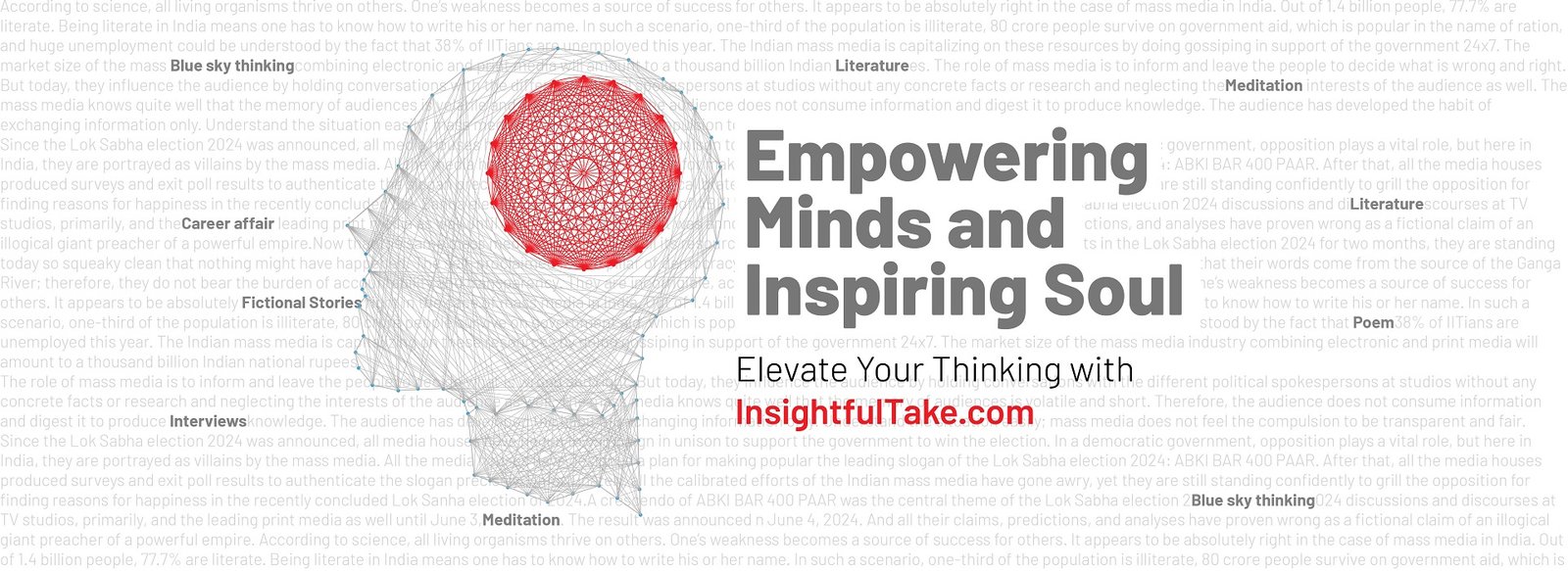
The National Council for Teacher Education (NCTE) is set to bring a major shift in teacher education in India by reverting the Bachelor of Education (BEd) and Master of Education (MEd) programs to a one-year format starting from the 2026-27 academic session. This decision comes after a decade of implementing the two-year format, which was originally introduced to enhance the quality of teacher education. If the proposal is approved, it will offer aspiring educators greater flexibility and efficiency in completing their training while ensuring that educational standards are upheld.
This change is expected to have a significant impact on students who are looking to build a career in teaching. But how does this decision compare with the teacher education policies in other developed nations, and how will it benefit Indian students? Let’s take a closer look.
The Need for Change: What Led to the Reintroduction of the One-Year Program?
Teacher education in India has undergone several changes over the years, primarily driven by the need to enhance quality and efficiency. The previous shift to a two-year program was intended to offer deeper academic and practical training to future educators. However, challenges such as increased time commitment, financial burden, and redundancy in course content led to discussions about whether a more concise and focused approach would be more beneficial.
Under the new proposal, Teacher Education Institutions (TEIs) will be given the option to either continue with the two-year BEd and MEd programs or transition to the one-year format, provided they meet the criteria set by NCTE.
Additionally, admissions to these programs will be standardized through an aptitude and subject-based entrance test conducted by the National Testing Agency (NTA). This move is expected to bring transparency and uniformity to the admission process, ensuring that only deserving candidates secure seats in these programs.
The proposal also introduces four specialized Integrated Teacher Education Programs (ITEP) in Yoga, Physical Education, Sanskrit Education, and Art Education. These niche courses aim to cater to a broader spectrum of students, offering specialized career paths beyond conventional teaching roles.
How Does India’s Policy Compare with Global Standards?
To understand the significance of this change, it is essential to compare India’s revised teacher education framework with that of developed nations.
United States:
In the U.S., aspiring teachers usually complete a four-year undergraduate degree in education, followed by an optional one-year master’s program for advanced specialization. This approach balances academic coursework with practical training through internships, which aligns with the new one-year BEd model in India. The U.S. model ensures that teachers receive hands-on experience before entering the workforce, something India’s policy should emphasize more rigorously.
United Kingdom:
The UK offers a one-year Postgraduate Certificate in Education (PGCE) for graduates who wish to become teachers. This program combines theoretical coursework with extensive classroom experience, ensuring that educators are well-prepared for their roles. India’s move toward a one-year BEd program mirrors this approach, allowing aspiring teachers to complete their training efficiently while maintaining the quality of education.
Finland:
Finland, often hailed for its high-quality education system, mandates that teachers complete a five-year integrated master’s program with a strong focus on research, pedagogy, and classroom practice. While India’s approach is different, integrating research-based learning and practical experience into the one-year BEd program could significantly improve the effectiveness of teacher training.
The Benefits for Indian Students
The proposed changes in India’s teacher education system come with multiple advantages, especially for students who are eager to establish their careers quickly and efficiently.
- Faster Entry into the Workforce: A one-year BEd program enables students to complete their training sooner, allowing them to enter the job market a year earlier than before.
- Reduced Financial Burden: With a shorter duration, students can save on tuition and other expenses, making education more accessible.
- Standardized Admission Process: The introduction of an NTA-conducted entrance exam ensures a merit-based selection process, reducing discrepancies and biases.
- Diverse Career Opportunities: The inclusion of specialized ITEP courses in Yoga, Art Education, and Physical Education allows students to explore varied career options beyond conventional teaching roles.
- Alignment with the National Education Policy (NEP) 2020: The new framework is in line with NEP 2020, which emphasizes experiential learning, interdisciplinary studies, and skill development.
- Global Competitiveness: By adopting practices similar to those in developed nations, India’s education system is poised to produce highly skilled and competent educators who can meet international standards.
Challenges and Considerations
While the one-year format brings numerous benefits, it also presents certain challenges. The quality of education must not be compromised due to the reduced duration. Institutions need to ensure that practical training is rigorous enough to equip teachers with the necessary skills. Moreover, the success of this transition will depend on how well the curriculum is structured to balance theoretical knowledge with real-world teaching experience.
Another concern is whether the new format will be widely accepted by employers. Some schools and educational institutions might still prefer candidates who have undergone the more extensive two-year training. Ensuring that the one-year BEd program maintains credibility and effectiveness will be crucial in addressing this challenge.
A Step in the Right Direction
India’s decision to reintroduce a one-year BEd and MEd program marks a significant step towards modernizing teacher education. By offering flexibility, reducing financial strain, and ensuring standardized admissions, this policy has the potential to make teacher training more accessible and efficient. At the same time, aligning with global best practices can help India produce a more skilled and competent teaching workforce.
For students, this change means a faster, more streamlined path to a rewarding career in education. However, institutions and policymakers must work together to ensure that quality is not sacrificed for convenience. If implemented effectively, this reform could shape the future of teacher education in India, making it more dynamic, inclusive, and aligned with global standards.

